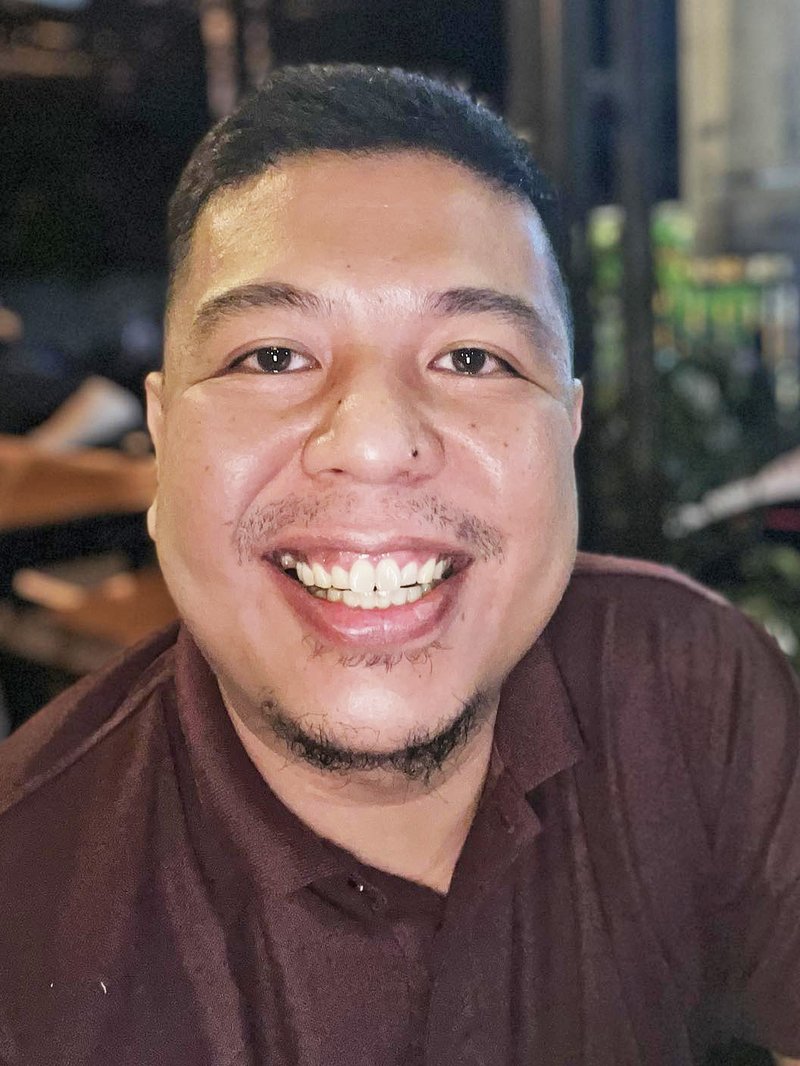Randel Urbano

Conference Report. November 2023
My biggest takeaways from the conference may not be from the main plenary speeches (which were nonetheless very beneficial for me to hear and contemplate), nor from the important informal conversations I had with so many colleagues as we were welcomed by the wonderful Museo de Arte Moderno de Buenos Aires and the other arts, civic, and public spaces in the metropolis. I think one of my takeaways was during the first formal hours of the Conference when the CIMAM Board with the Museo Moderno team hosted the morning’s welcome gathering of all the travel grantees at the museum shop. The energy of being with people with congruent endeavors, despite tangents brought by distance and time zones, just validated my almost waning hopes to serve my immediate communities through our labor as museum workers. It was inspiring that our CIMAM Board, who might all be juggling with various concerns in their home museums, were present to welcome the grantees and delegates to the gathering. It was moving to hear from them their joy as they greeted the cohort, noting that all of them were travel grantees of the organization from the past. For me to romanticize the warmth of this camaraderie may be stirred by the fact that this was my second time participating in the CIMAM conferences, which I think left me in a privileged position to anticipate and prepare for the later conference. It was a fortunate setting to connect with colleagues from all over the globe. There are new things to learn and possibilities that can only be experienced through the scale and reach uniquely afforded through the CIMAM conferences.
“How can the museum engage with the social processes affecting our immediate communities?” was the main signpost for my attendance at the conference in Buenos Aires. And it was immediately answered after the welcome breakfast when Museo Moderno’s Victoria Noorthorn formally opened the conference. As the head of a public museum, Victoria’s commitment to transparency in the constructive and critical discussions for the arts, as in the efforts for the conference, was made in part through funding from the people of Buenos Aires through its city government. Her acknowledgment of the Argentine national inflation, of locals living under the poverty line, and of the concerns of the museum as part of its local community gave a good grounding for the way I listened to the presentations at the Conference.
I remember vividly the carving at the St. Louis Art Museum: “Art still has truth. Take refuge there,” which reverberated in Chus Martínez’s discussions as she moderated the plenary featuring mostly speakers from the Americas. Elvira Espejo Ayca’s praxis in the maintenance of transability of thoughts and practices, of letting local systems define contemporary knowledge systems, and Pablo Lafuente’s elaboration on the manutención of fires: these are very congruent with my observations and hopes for our labor in the Philippines. Coco Fusco unapologetically reminded me that museums, borne of their histories, are the only social spaces “where the low and middle classes still rub elbows with the upper class.” The presentations of experiences, and as Coco mentioned, further sedimented the consiliences of our practice despite the spectrum of differences in our daily lives at our own museums and art spaces. Of course, Marian Pastor Roces’s elaboration on her mycelial network through her projects with the Cultural Center of the Philippines and other agencies and institutions in our country further amplified the sense of realness in my discussions among colleagues after the plenaries. The literal presence of Jordanian Luma Hamdan of Darat al Funun in the conference further grounded the veracities of the temporary togetherness in the conference.
The curated tour on the third afternoon of the conference further gave me a better approximation and thicker description of the Buenos Aires culture. The route started from Museo de la Cárcova, which featured copies of classical to modern art, all available to be touched by visitors to the museum; then to the privileged access to the ecosophy of the Reserva Ecológica Costanera Sur, where I learned that Buenos Aires had bittersweet histories too with floods and that previous public planners did intend to plant trees that have various colored leaves and flowers; then to the Las Yungas community garden in the Rodrigo Bueno neighborhood – a place quite similar to many horizontal neighborhoods that give that stark contrast to the seemingly immovable corporate vertical edifices in Manila’s business districts; and finally capping with discussion with the wonderful people of the social enterprise/cooperative of the arts and culture periodical Hecho en Buenos Aires. These quick yet profound and honoring gatherings with local experts and community leaders gave me more confidence in continuing with our practice with our stakeholders and audiences here in the Philippines.
Bio
My role as the Metropolitan Museum of Manila’s lead in Audience Development stemmed from the actual, on-site need of my museum: We were understanding the reception and behavior of our first audiences who were not part of our target stakeholders as our exhibitions and public programming have become more refined as we transition into full operations in 2023. I am tasked to plan and implement the museum’s Invigilation, Volunteer and Reception programs and project, in relation to our exhibition, collections, and public programs for 2023 and beyond. Prior to this, I took helm of the Education and Public Programs of the museum for a year.